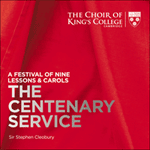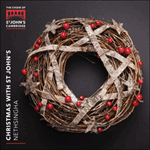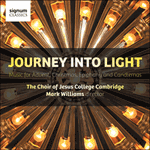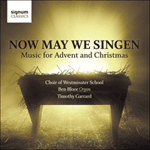
Welcome to Hyperion Records, a British classical label devoted to presenting high-quality recordings of music of all styles and from all periods from the twelfth century to the twenty-first.
Hyperion offers both CDs, and downloads in a number of formats. The site is also available in several languages.
Please use the dropdown buttons to set your preferred options, or use the checkbox to accept the defaults.

from notes by Robert Quinney © 2008
 A Festival of Nine Lessons & Carols - The Centenary Service A Festival of Nine Lessons & Carols - The Centenary ServiceA moment of pure magic as the light fails on a midwinter’s day and the still, small voice of a solo treble is heard … this is a cherishable document of one of this country’s timeless musical traditions on its centenary.» More |
 Christmas with St John's Christmas with St John's'Christmas with St John's' presents a typically adventurous programme from this most illustrious of choirs, as new commissions by Judith Bingham and Michael Finnissy join established favourites by the likes of Bob Chilcott and John Rutter.» More |
 Journey into light Journey into light Gramophone Gramophone'This album provides a lovely programme of music. The Choir of Jesus College, Cambridge perform beautifully and the album contains a lot of wonderful ...» More |
 Now may we singen Now may we singenRecorded in the glorious acoustic of Keble College Chapel in Oxford, this imaginative programme includes several new commissions as well as a healthy dose of traditional Christmas fare.» More |

